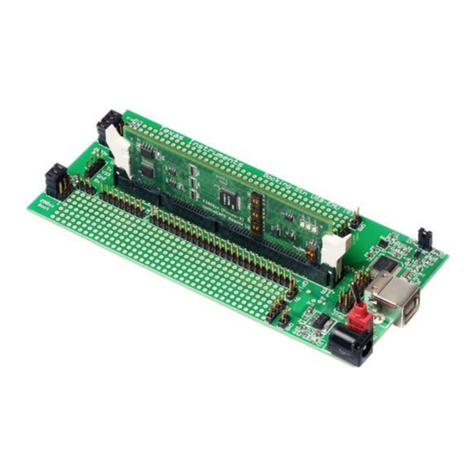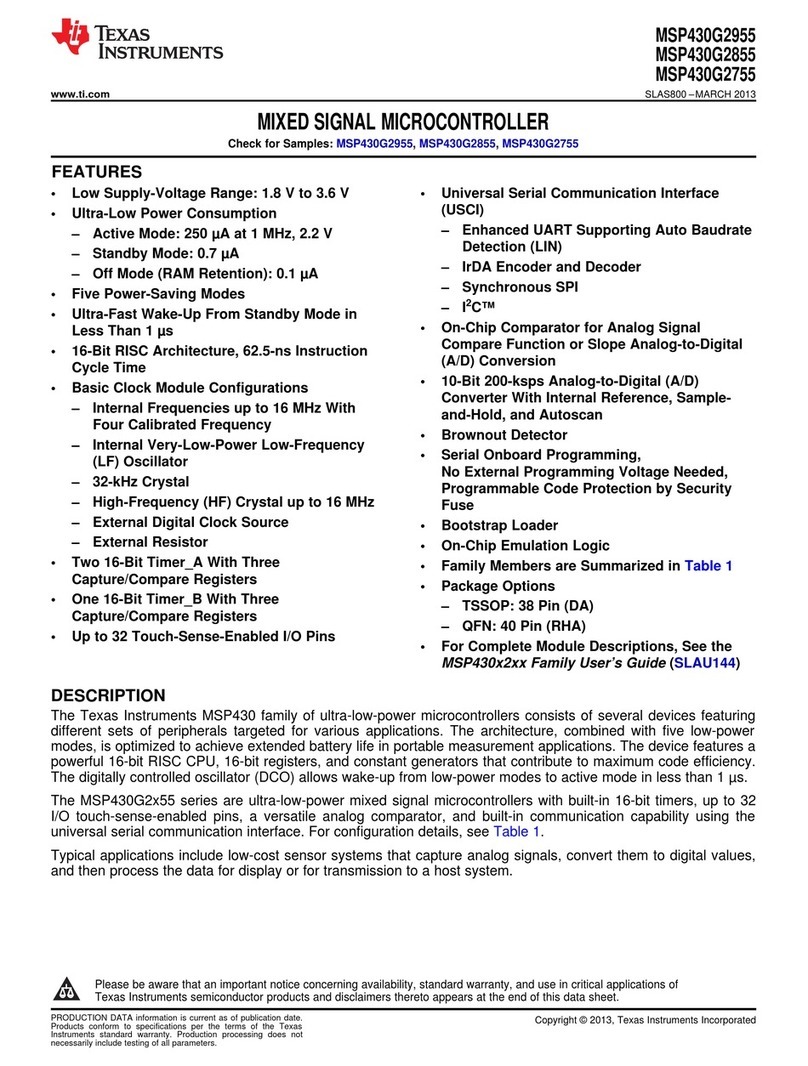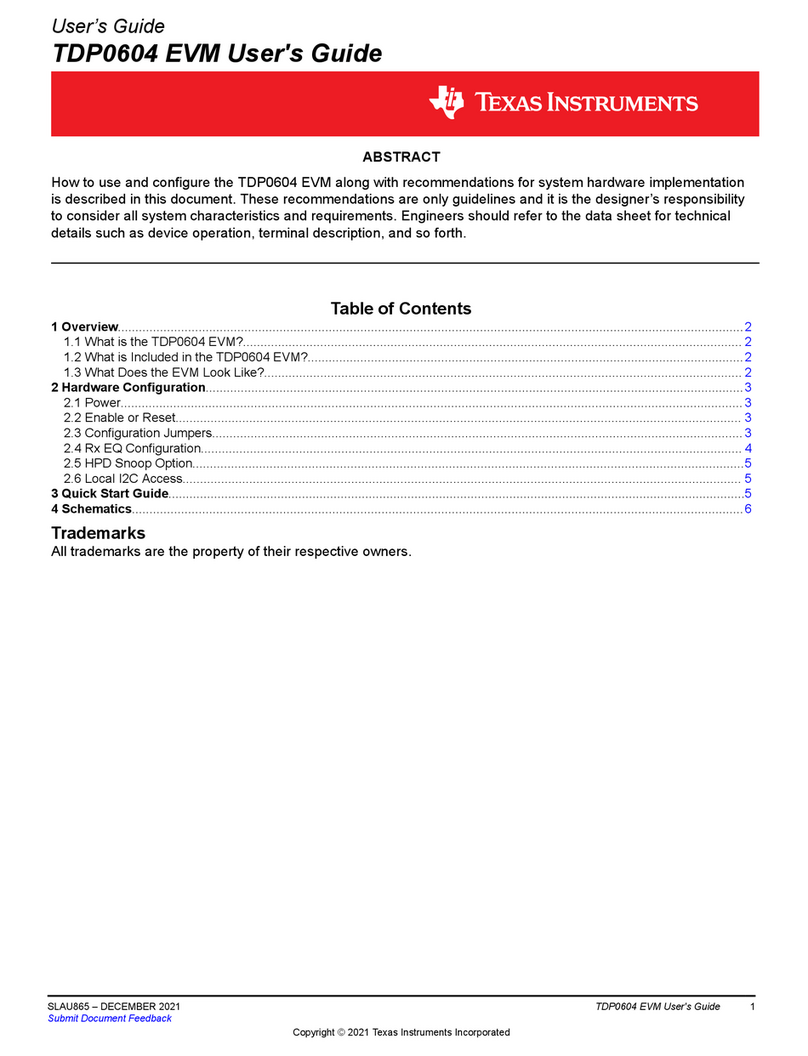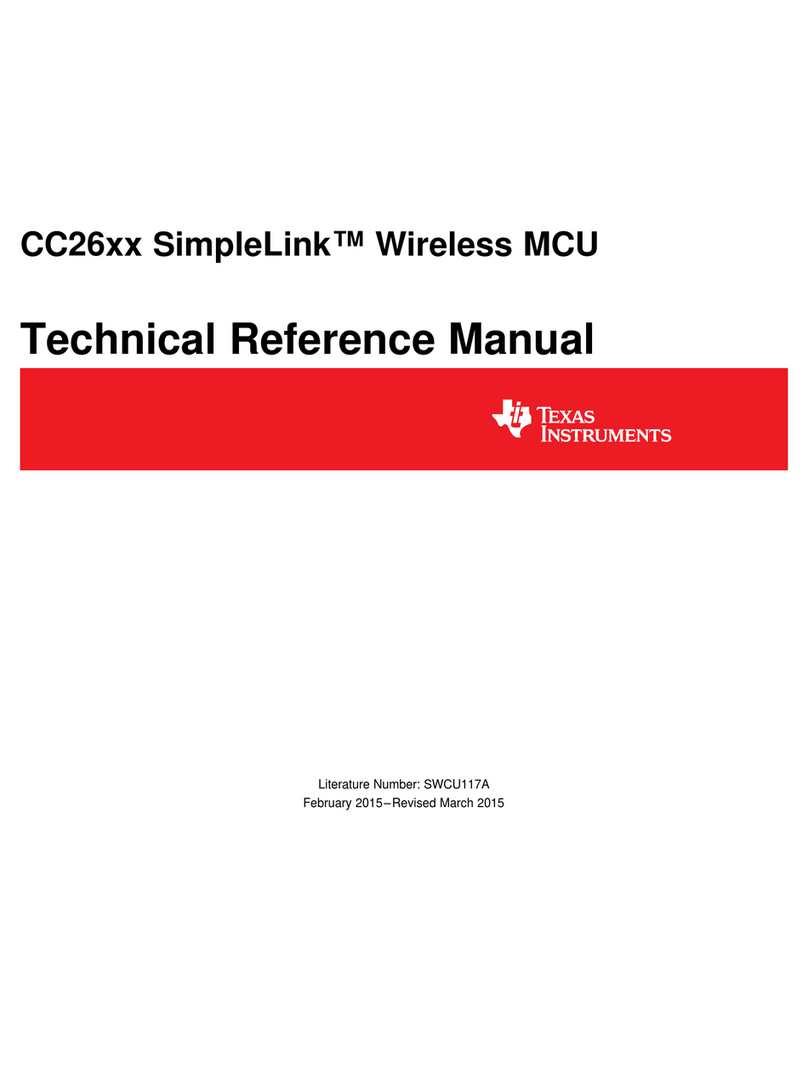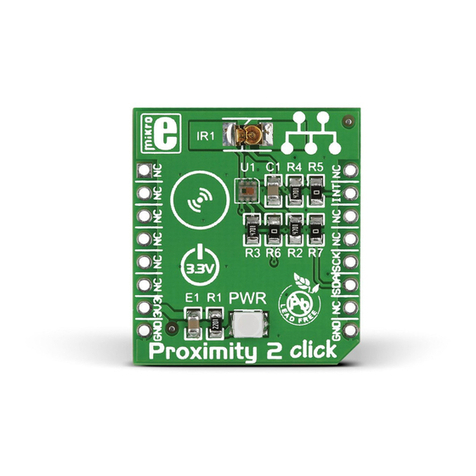Texas Instruments TMS320DM357 User manual
Other Texas Instruments Microcontroller manuals
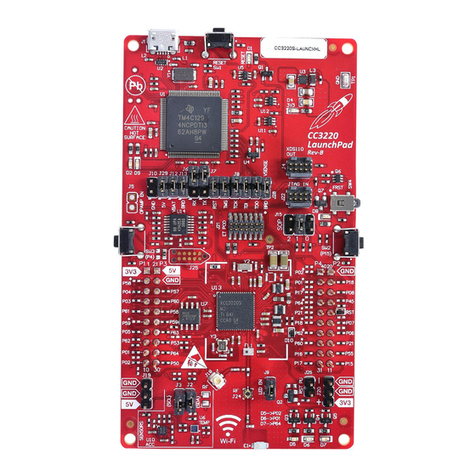
Texas Instruments
Texas Instruments CC3220 User manual
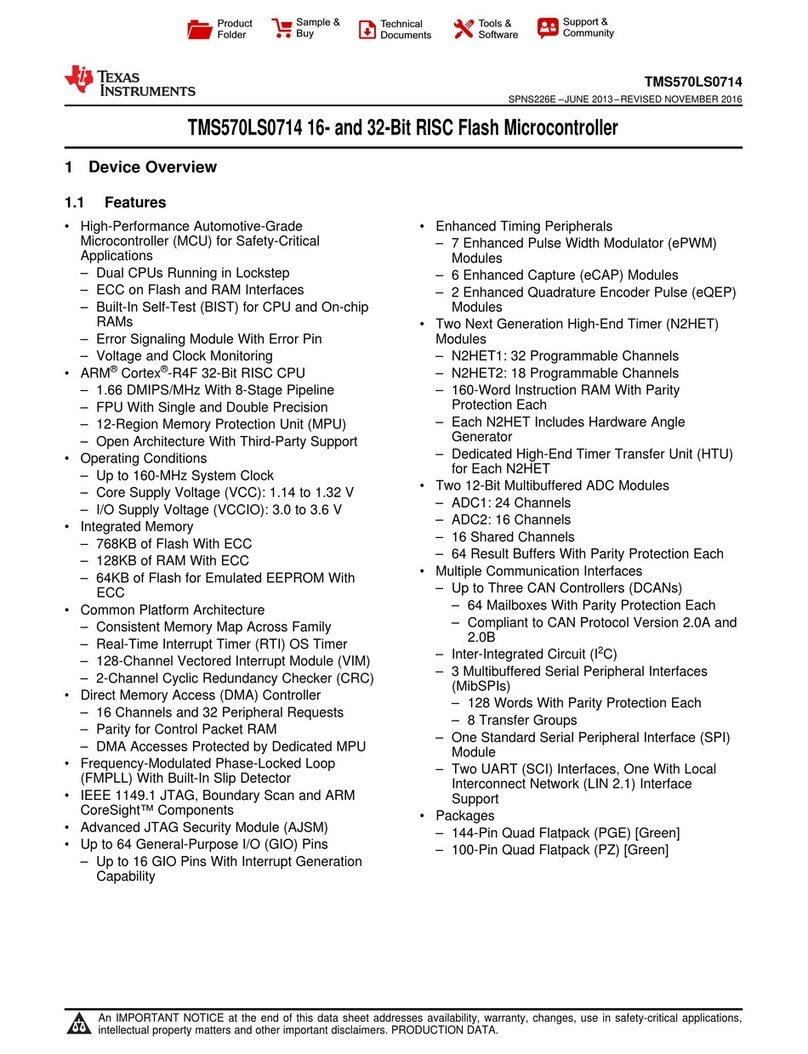
Texas Instruments
Texas Instruments TMS570LS0714 User manual

Texas Instruments
Texas Instruments LaunchPad CC1312PSIP User manual
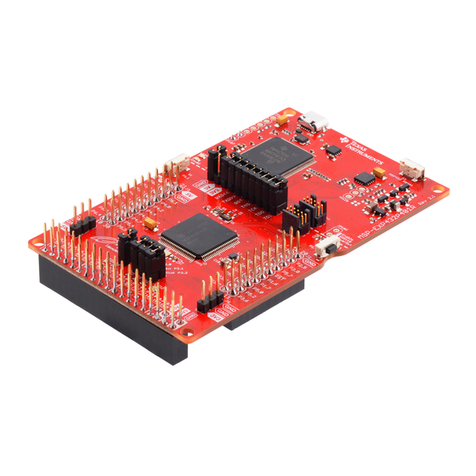
Texas Instruments
Texas Instruments MSP432P401R User manual
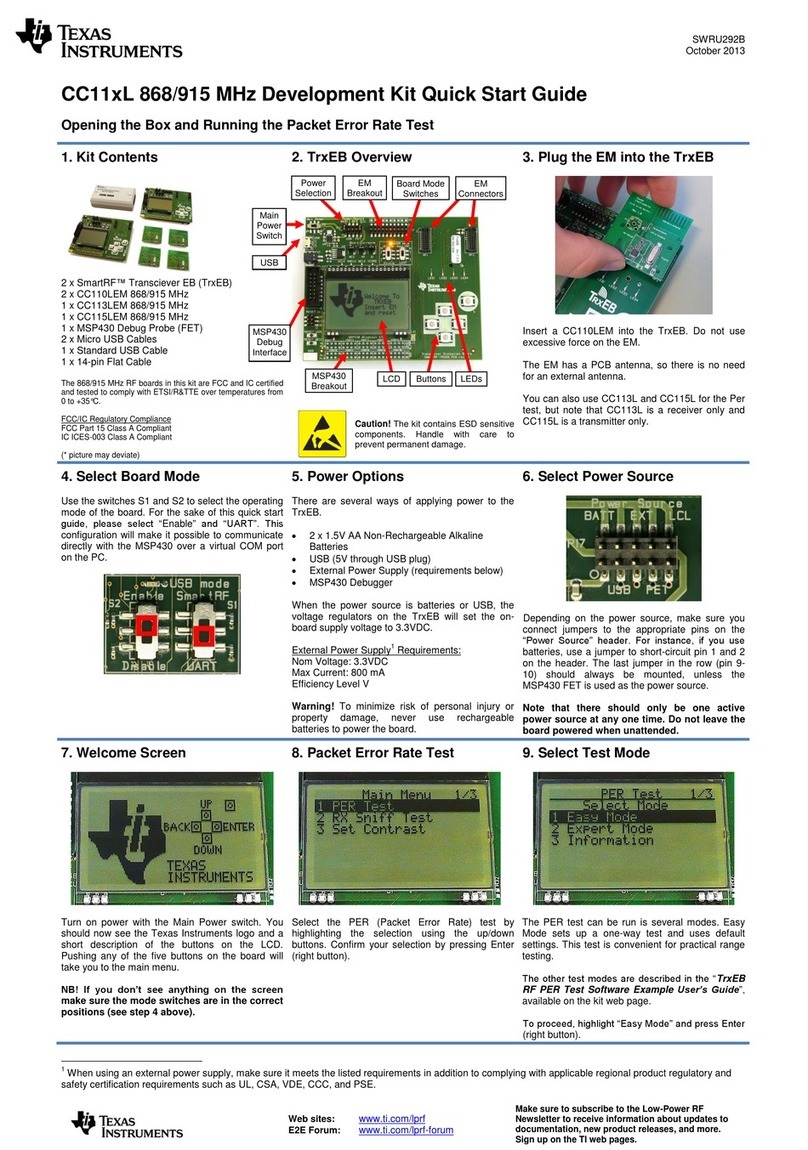
Texas Instruments
Texas Instruments CC110L User manual
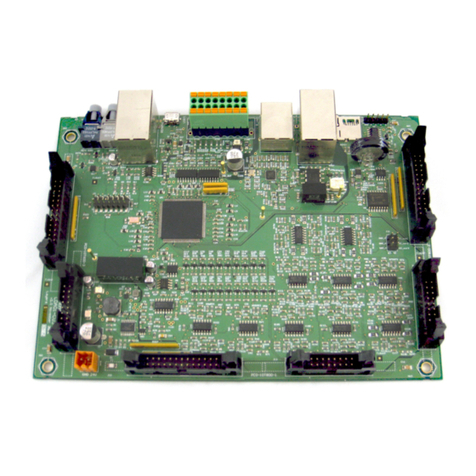
Texas Instruments
Texas Instruments Concerto F28M35 Series Product manual
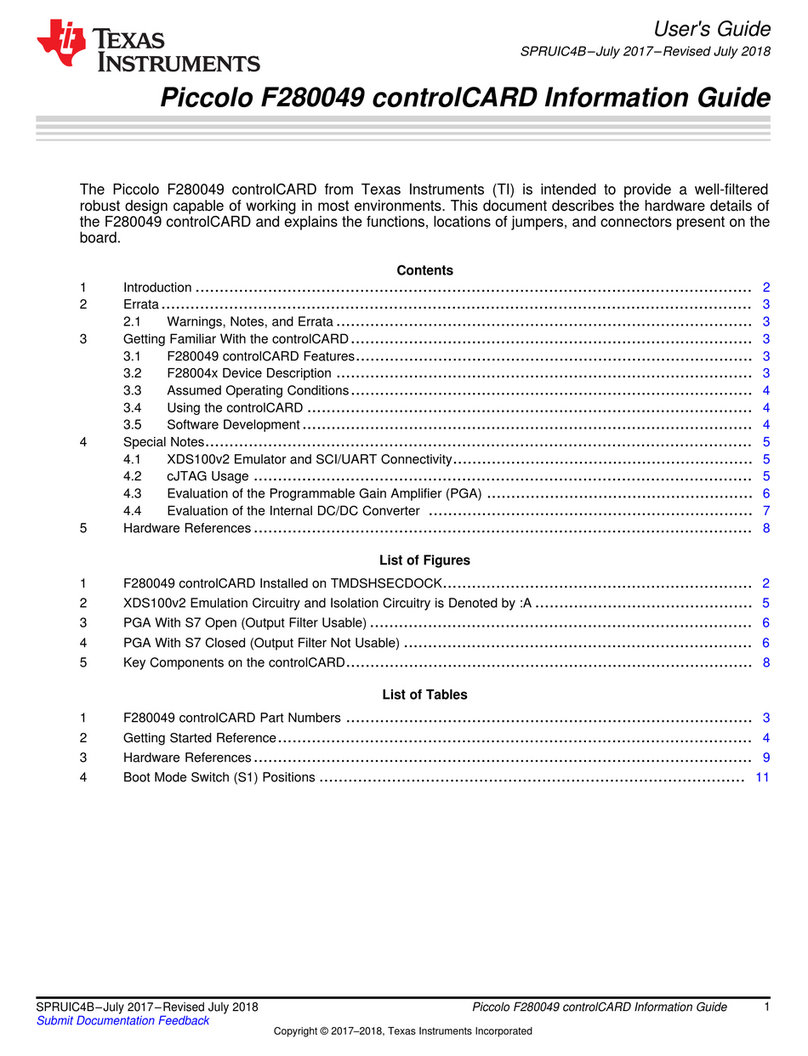
Texas Instruments
Texas Instruments Piccolo F280049 User manual
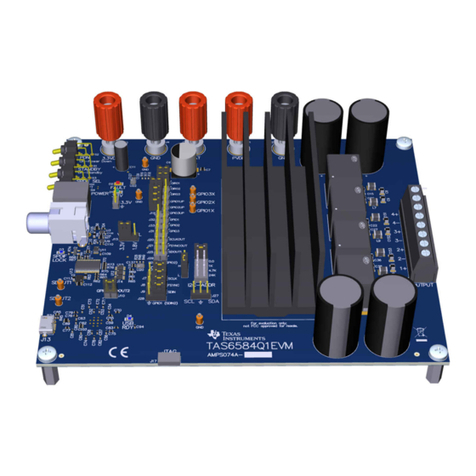
Texas Instruments
Texas Instruments TAS6584-Q1 EVM User manual
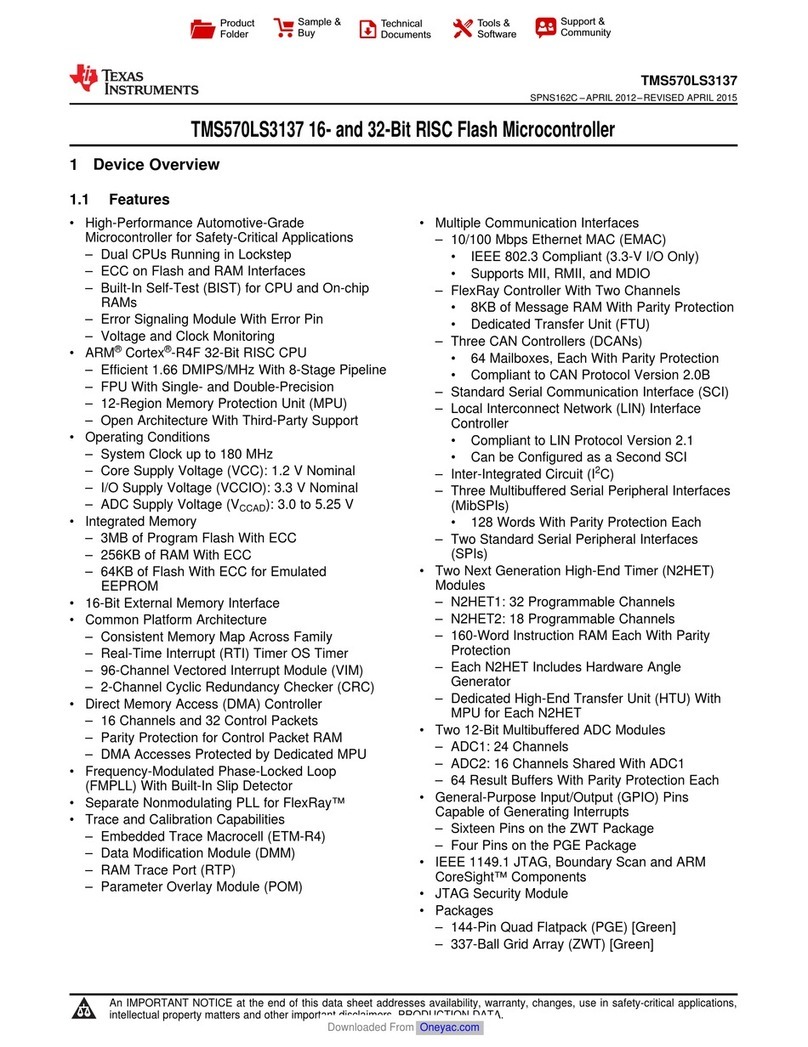
Texas Instruments
Texas Instruments TMS570LS3137 User manual

Texas Instruments
Texas Instruments C2000 LAUNCHXL-F280049C User manual

Texas Instruments
Texas Instruments Chipcon CC2420DK User manual
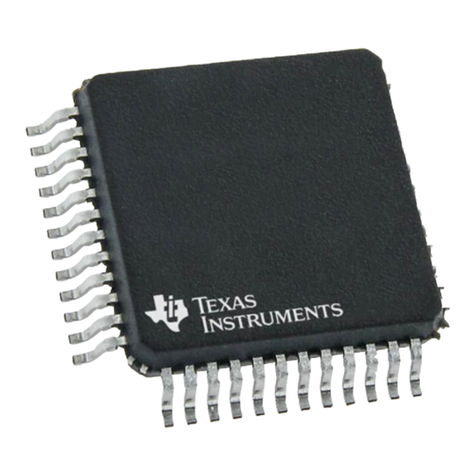
Texas Instruments
Texas Instruments BQ769142 User manual
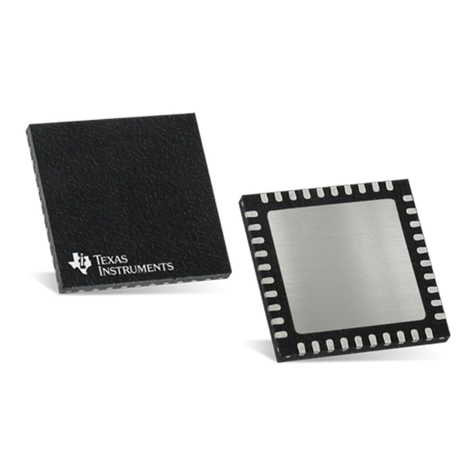
Texas Instruments
Texas Instruments CC2540 Instruction Manual
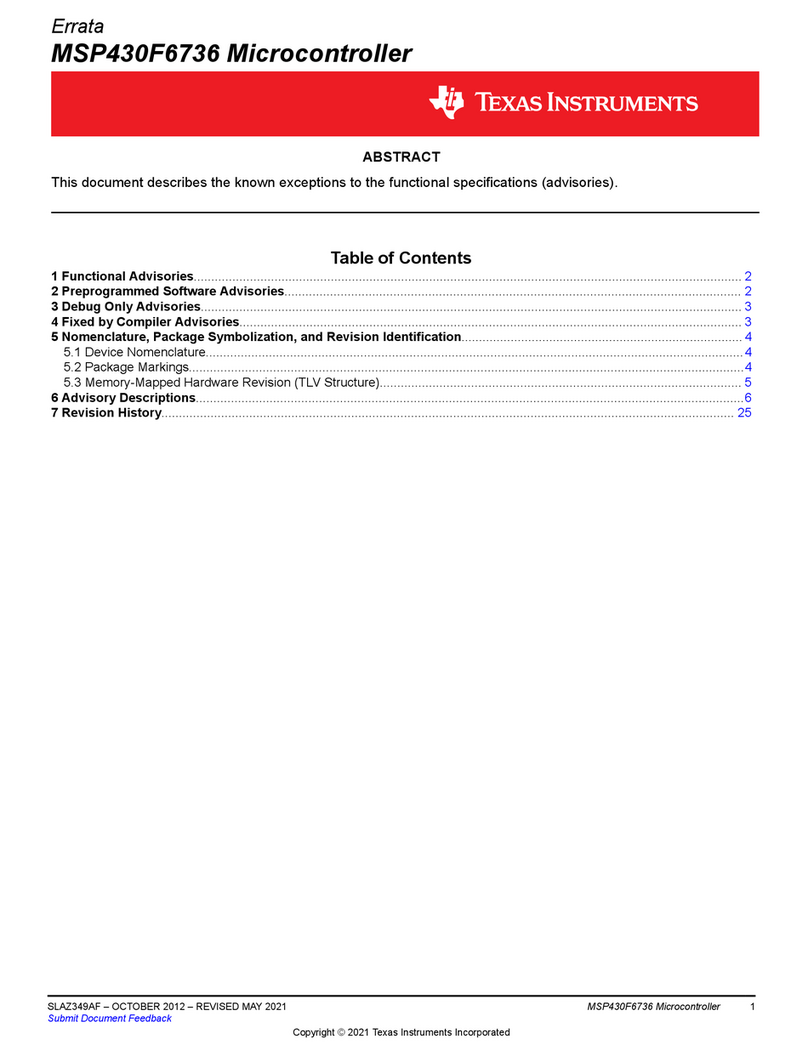
Texas Instruments
Texas Instruments MSP430F6736 User manual
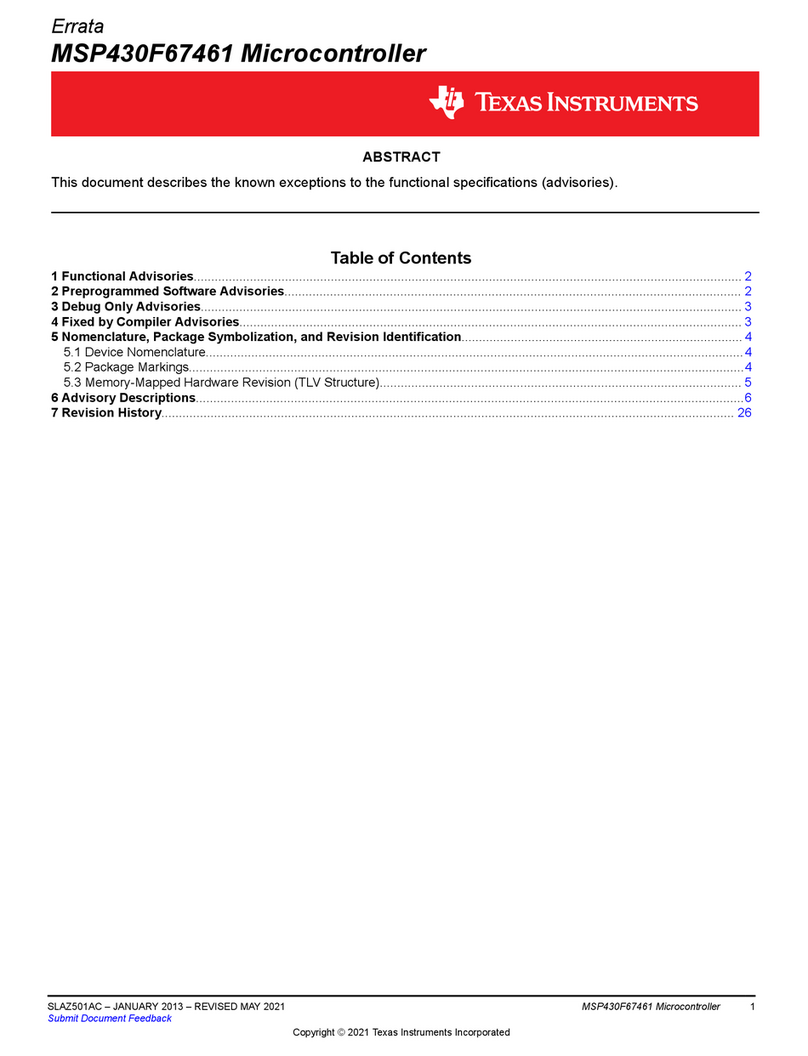
Texas Instruments
Texas Instruments MSP430F67461 User manual
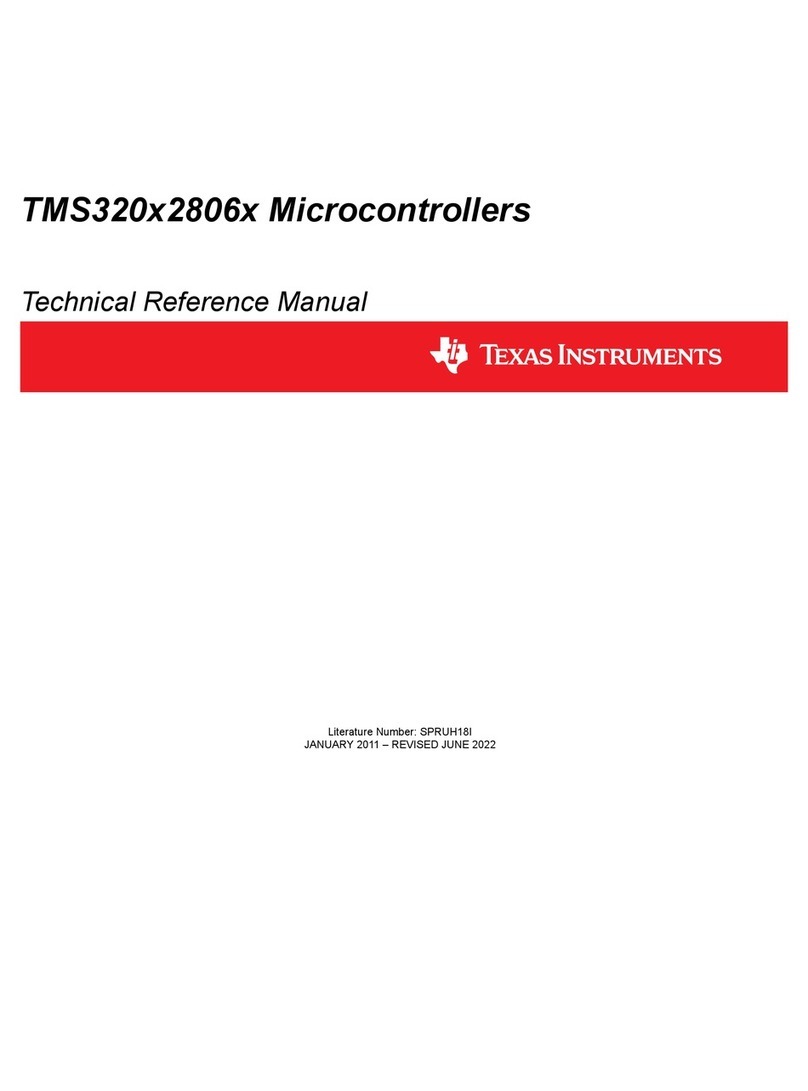
Texas Instruments
Texas Instruments TMS320 2806 Series Product manual

Texas Instruments
Texas Instruments TMUX646EVM User manual
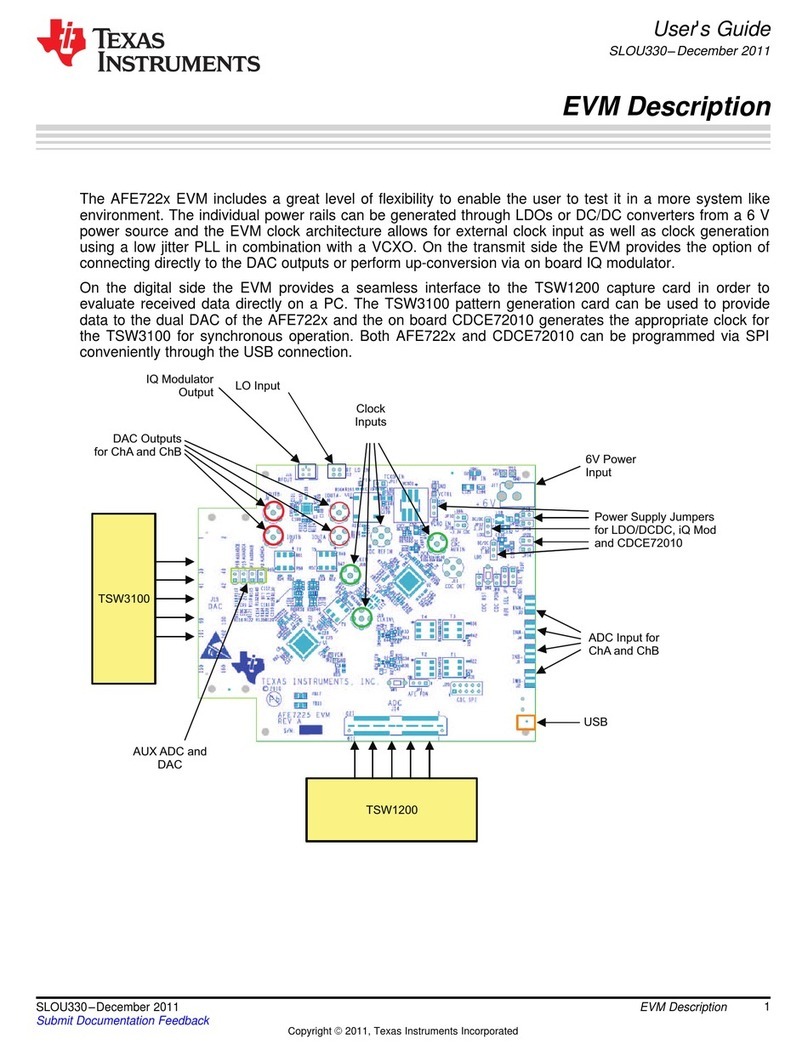
Texas Instruments
Texas Instruments AFE722 Series User manual

Texas Instruments
Texas Instruments mmWaveICBoost User manual
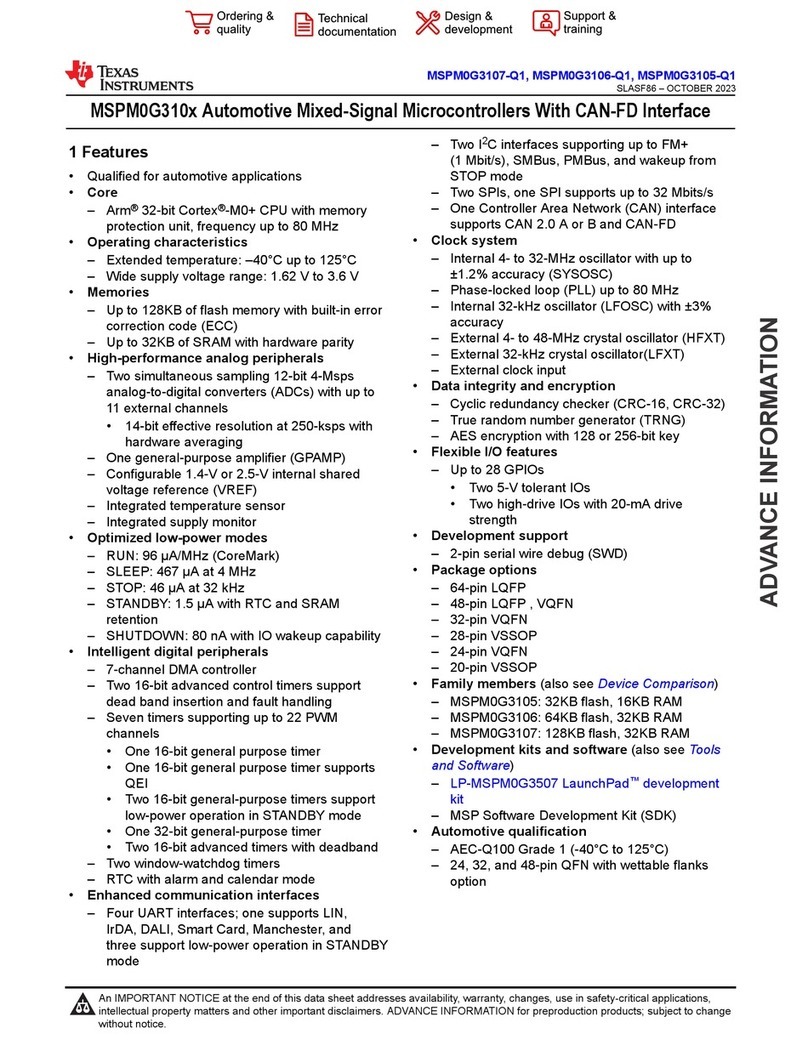
Texas Instruments
Texas Instruments MSPM0G310 Series User manual
